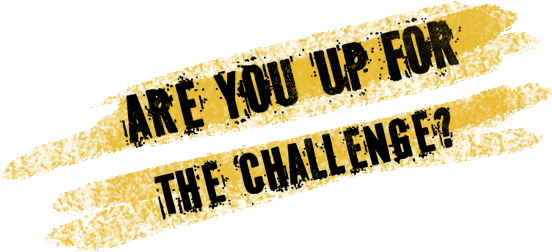Learning Html 4.0 6-cd Set Average ratng: 8,8/10 8372votes


HTML 4.0 Training Course Login Password Test your skills with one of our certification exams and see how you stack up right now. Visit our homepage and find out more about what NCSA can do for you.
Find out more about how our certifications can benefit you. View a complete listing of certifications available through NCSA. Visit our HTML tag library, a free reference we provide to our visitors. Lookup a certification in our online database. Make money by helping people get the computer training and certification they need. Sign-up Here! If you have questions or concerns feel free to visit our online support center.
In addition to our training courses we also offer free online certification exams on several topics including Microsoft Office, Computer Hardware, HTML, PC Basics and more.. This comprehensive training course for HTML spans 6 CD-ROM's and contains over 10 hours of professional quality instructor led training. Multimedia content allows you to quickly learn key concepts and the CD format lets you quickly pause and review important areas. After completing the course you will be prepared to take and pass the CP400 HTML 4.0 certification exam. A detailed outline of the training course as well as a short introduction to the trainer are included below.
This module aims to provide the newcomer to multimedia CALL with the knowledge he/she needs in order to make informed decisions about multimedia hardware and. The official training course for NCSA. Reti Di Calcolatori E Internet. Multimedia content allows you to quickly learn key concepts and the CD format lets you. HTML 4.0 set of 6 (CD).
HTML 4.0 set of 6 (CD) $299. Servicemaxx Keygen Pc. 95. FREE About The Trainer: Robert MacHale has over nine years of experience developing online systems. He has taught courses on using the Internet, online services and communications software. Robert designs Internet web sites, database systems and computer networks.
He has consulted the computer, financial and non-profit industries including developing diagnostic software for a PC Modem Manufacturer.
Contents • • • • • • • • • • • • • • • • • • What is the World Wide Web? The is a network of information resources. The Web relies on three mechanisms to make these resources readily available to the widest possible audience: • A uniform naming scheme for locating resources on the Web (e.g., URIs). • Protocols, for access to named resources over the Web (e.g., HTTP). • Hypertext, for easy navigation among resources (e.g., HTML). The ties between the three mechanisms are apparent throughout this specification.
Every resource available on the Web -- HTML document, image, video clip, program, etc. -- has an address that may be encoded by a, or 'URI'. URIs typically consist of three pieces: • The naming scheme of the mechanism used to access the resource. • The name of the machine hosting the resource. • The name of the resource itself, given as a path. Consider the URI that designates the W3C Technical Reports page: This URI may be read as follows: There is a document available via the HTTP protocol (see ), residing on the machine www.w3.org, accessible via the path '/TR'. Other schemes you may see in HTML documents include 'mailto' for email and 'ftp' for FTP.
Most readers may be familiar with the term and not the term 'URI'. URLs form a subset of the more general URI naming scheme. Some URIs refer to a location within a resource. This kind of URI ends with '#' followed by an anchor identifier (called the ).
For instance, here is a URI pointing to an anchor named section_2: A doesn't contain any naming scheme information. Its path generally refers to a resource on the same machine as the current document. Relative URIs may contain relative path components (e.g., '.' Means one level up in the hierarchy defined by the path), and may contain. Are using a base URI.
As an example of relative URI resolution, assume we have the base URI 'The relative URI in the following markup for a hypertext link: Suppliers would expand to the full URI 'while the relative URI in the following markup for an image would expand to the full URI 'In HTML, are used to: • Link to another document or resource, (see the and elements). • Link to an external style sheet or script (see the and elements). • Include an image, object, or applet in a page, (see the,, and elements). • Create an image map (see the and elements). • Submit a form (see ).